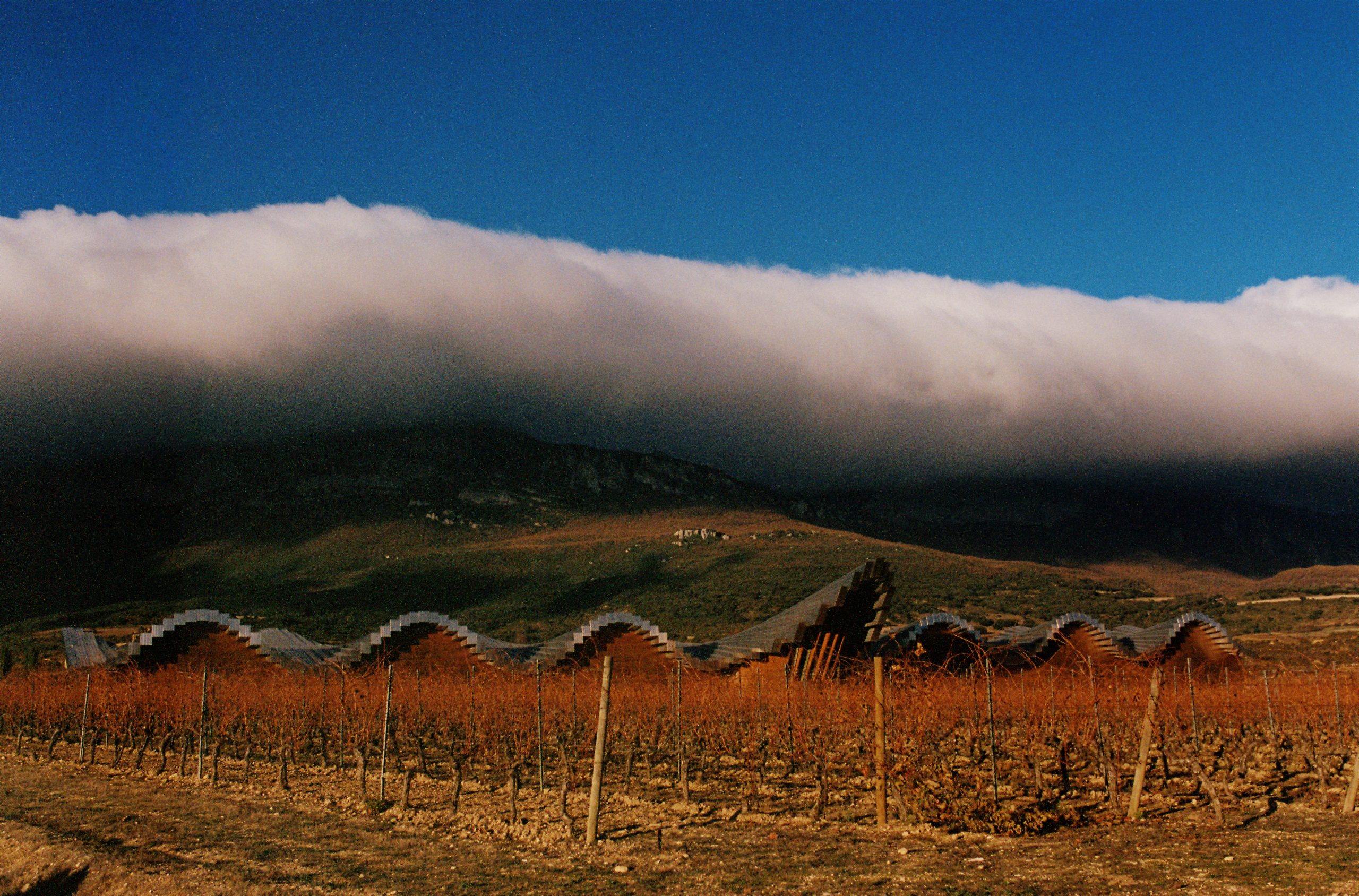Champagne trends of 2013: 8. Disgorgement
Of all the topics talked about within the walls of Champagne’s many maisons, the issue of whether or not to print disgorgement dates is undoubtedly the most prominent at the moment.
There’s barely a brand within the region without a strong view on the matter, although more are admitting there’s a need for greater transparency when it comes to Champagne’s production process.
Charles Philipponnat puts a particularly convincing argument in favour of printing detailed information on the label, having incorporated disgorgement dates on Philipponnat since the 1980s – making him one of the first, along with Bruno Paillard.
“We initially printed disgorgement dates in 1980 for an Italian importer and then we extended the practice to our entire range in the 1990s because providing customers with technical information helps ambitious brands explain why they should be more expensive,” he explains.
Continuing, Philipponnat says, “Champagne can be a great wine and there are technical reasons for that, and they are important to convey. It’s noble marketing, and better than a wet t-shirt competition with golden bottles.” But, he also warns, if you start providing information, you “must continue until you end up naked” – in other words, the disgorgement date is just one of the many details Champagne experts will want to discover.
Other than Philipponnat and Paillard, Lanson – which is within the same group as both these brands – also prints disgorgement dates on all its wines. Indeed, Lanson’s decision to put this information on its labels in 2011 made the brand “one of the first houses of size to put disgorgement dates on the bottle”, records Paul Beavis, managing director of Lanson UK. “At the end of the day Champagne is a wine and while branding is essential, we must give consumers the knowledge to understand the category,” he says.
Another label within the Lanson group is De Venoge, and president of the house Gilles de la Bassetière says it is launching new packaging this year with disgorgement dates on the back labels of all its Champagnes. Meanwhile, Moët has opted to put disgorgement dates on its vintage Champagnes, and Veuve Clicquot carries them on its Cave Privée collection, and plans to add them to its vintage Champagne and La Grand Dame this year or possibly in 2014, according to cellar master Dominique Demarville. Elsewhere, Mumm has them on its Grand Cru range as well as its Cuvée R Lalou, while Ruinart will add such information to its Dom Ruinart later this year.
Others, such as Henriot and Krug, provide the data in coded form, which can either be read by those in the know, or entered into a website to provide the necessary information. This latter approach will also be adopted by Roederer for Cristal from later this year. The house is even launching an iPhone application allowing consumers to enter a number printed on the bottle to gain access to information on the blend, disgorgement date and other technical details.
Partner Content
Finally, a handful of houses are now offering a disgorging to order service. Lanson promises such specialist treatment for buyers of its Grand Vintage Collection, while Philipponnat has developed a similar service for customers of fine wine merchant Bordeaux Index – although just for its Clos des Goisses.
But with the focus on revealing these details, there’s another topic in Champagne that deserves attention – and that’s clarity on the source of Champagne sold sur latte. “The bigger issue is transparency on sur latte trading,” says Patrice Noyelle, outgoing managing director of Pol Roger, when asked for his views on printing disgorgement dates. He, and others, would like more regulation on the exchange of these bottled, but not disgorged Champagnes. “You should say if a Champagne was made by, bottled by, and disgorged by the same entity, or if not, say who made it, who bottled it, and who has disgorged it,” sums up Philipponnat.
Other Champagne trends reported by the drinks business include:




